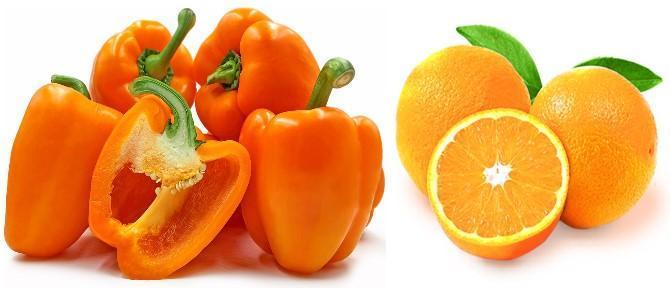

5.3 Nutritional facts of Finger Millet 67 6 Small Millets 69-70 6.1 Nutritional Importance of Small Millets 69 6.2 Health Benefits of Small Millets 70 7 Nutritional Evaluation of Sorghum/Millets Food Products - Findings from NIN & IIMR Joint Colloboration 71-80 7.1 Nutritional Composition of Sorghum Processed foods 72. This topic provides information about Indian Food Composition tables released by National Institute of Nutrition. Low Cost Nutritious Supplements This topic covers food needs for Infants, Pre school childrens, Recipes for preparing various low cost supplements and nutritious snacks.

Nutrition chart including calories of Indian foods are given. Also the ways to preserve nutrition in Indian cooking are discussed.
The Indian food is liked throughout the world because of its taste, texture and the benefit it offers. The traditional Indian food offers many benefits as it contains vegetables and wholegrains, but only if cooked in a healthy oil like olive or canola or vegetable oil and in a healthy manner.
Facts On Indian Food
- Many Indians are vegetarians and the main food they eat are vegetables, fruits, whole grains, milk and plant-based proteins. These foods contain essential micro-nutrients and vitamins that produce antioxidants which are good for heart, blood pressure and diabetes.
But Indians, in general, consume less amount of vegetables. 'Indians, therefore, face heart attacks five years earlier than people in the West,' according to Dr Deepak Natarajan of Apollo hospital, Delhi.India carries 60 percent of the world's heart disease burden, nearly four times more than its share of the global population, according to a study released by Denis Xavier of St. John's National Academy of Health Sciences in Bangalore in April 2008.
- The rate of Alzheimer's disease in India is about four times lower than in the USA which is attributed to the use of spices. Many spices used in Indian cooking protect against cancer, heart disease, arthritis and Alzheimer's disease. Spices are also good for boosting metabolism of the body.Indian cooking & nutrition
How to Preserve Nutrition in Indian cooking
Calories in Homemade Indian Food
Nutrition Guide
Vegetables Carbohydrate Chart - The Indian foods are rich in whole grains including lentils, legumes and dried beans such as kidney beans, chickpeas, black-eyed beans, etc.
Whole grains are good sources of protein, dietary fiber, vitamins, minerals; and low in fat and are heart friendly. Whole grains may help reduce the risk of colon cancer, and cancers of the stomach and mouth. - The Indian bread is made of whole wheat flour as opposed to the American people who eat generally bread made up of white flour.
- The South Indians eat special dishes like idlis and dosa (idli sambhar recipe that use fermented lentils and rice. All of these are very nutritious and healthy.
Indian Cooking & Nutrition
Nutritive Value Of Indian Foods Book Pdf 2017
- Calories in Indian foods and their nutrition depend on the way the foods are cooked.
- An Indian dish may be very high in calories or energy (mostly from fat) if it is cooked by deep frying. The Indian food may be low in calories or fat if it is stir fried or baked.
- The rich creamy Indian dishes containing foods covered with lot of spice colored liquid are often very high in fat (mostly saturated fat and trans-fat), while the tandoori dishes are low in fat.
The research conducted by 'Which' magazine (Feb 2010) of Britain found that a single meal of Indian curry in Britain had more fat than the recommendation for the entire day, an average Indian takeaway contained 23.2 g of saturated fat, 3.2 g more than a woman should eat in a day.
Indian takeaway meals are known for their liberal use of ghee and oil, not only in curries but also on breads. The researchers found that an Indian naan contained more calories than a chicken tikka masala! - Indian often reheat the food - the reheating destroys the nutrients of the food.
- Indian food is often overcooked, destroying its nutrition.
- The North Indian dishes are very rich in taste and presentation as compared to South Indian food. The North Indian foods, specially Punjabi food are generally higher in calories and fat and lower in nutritional value, than South Indian food because Punjabi cooking involves tarka or vaghar (frying of spices, onions, etc.) in pure ghee (high in saturated fat), butter, oil or trans fats (hydrogenated oils and fats, vanaspati) that gives unique Indian taste and texture.
- The tandoori foods of North India are rich in natural flavours, but often these are loaded with fats. A research reported at a conference on 'Fats and trans-fatty acids in Indian diet' at the Seventh Health Writers Workshop organised by Health Essayists and Authors League (HEAL) in 2007 found that while the trans-fatty acids in French fries is 4.2 - 6.1%, it is 9.5% in bhatura, 7.8% in paratha and 7.6% each in puri and tikkis.